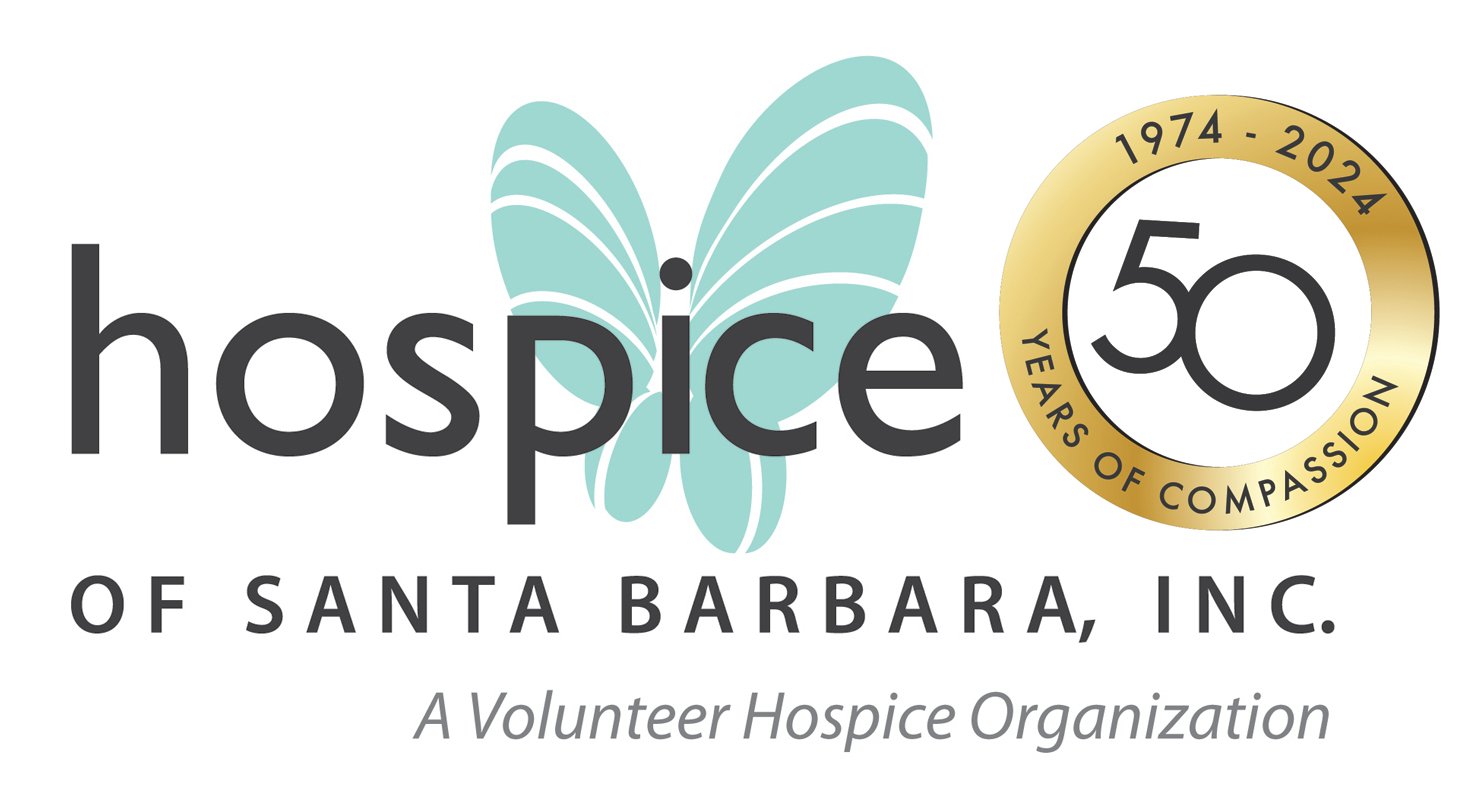Local hospitals, patient organizations turn to dogs, cats and horses to reduce pain, anxiety and depression
HEARTS Therapeutic Riding Center manager Devon Sachey works with Sage, a Paint quarter horse — one of a dozen at the Santa Barbara facility. “If you come in with a lot of anxiety, the horses aren’t judging you,” she says. “They absorb the energy you present.” (Lara Cooper / Noozhawk photo)
By Lara Cooper, Noozhawk Staff Writer | @laraanncooper | Published on 11.28.2015 11:55 p.m.
Sage, a copper-colored Paint quarter horse, stood calmly as Devon Sachey attached a lead rope to the docile animal, leading him out of the pen at HEARTS Therapeutic Riding Center.
Sachey, director of programs at the nonprofit organization, explained how the facility uses its 12 horses to work with children and adults with special needs in Santa Barbara County.
The equine therapy is not unusual locally, as several organizations employ animal-assisted therapy as part of a regimen for patients of all needs.
It’s an approach that more and more medical facilities and patient care organizations are adopting around the country. Proponents say animal-assisted therapy can significantly reduce pain, anxiety and depression in a variety of patients, including veterans with post-traumatic stress disorder and people receiving cancer treatment.
“We serve people with all disabilities, physical, cognitive, emotional and psychosocial,” Sachey told Noozhawk, as Sage waited patiently at her side.
It was easy to see how the horse could be a calming presence to visitors, and he agreeably let his muzzle be petted while standing under the shade of a nearby oak.
The HEARTS Therapeutic Riding Center program sees about 78 patients, about 10 of whom are veterans. It assists patients from ages 4 to 94.
The program offers riding classes for people with all kinds of disabilities and impairments. One rider the center saw recently was an 80-year-old woman who had had a stroke and only had the use of one arm, Sachey said.
The physical benefits are also helpful for people who are in wheelchairs, and the riding helps with spinal health and blood flow to vital organs, she explained.
Volunteers will walk side by side with the horse to support the rider if needed.
Sachey said a number of local physicians refer their patients to the center, including Dr. Timothy West, a Sansum Clinic neurologist who will direct clients with multiple sclerosis there to help improve their balance.
The biomechanics of a horse’s gait are similar to that of a human manner of walking, and as patients ride, Sachey said, “we’re working on their balance and core strength as well as helping them get out and enjoy life.”
Children with autism or attention-deficit disorder also benefit, and the horses help them develop focus, she said.
“If you come in with a lot of anxiety, the horses aren’t judging you,” she added. “They absorb the energy you present.”
Sachey, a veteran herself, said the center’s military veterans program has attracted a number of former servicemen and women, and there’s even one World War II veteran who rides with the program.
Another local organization that uses animals as therapy is Hospice of Santa Barbara, which cares for people in the final stage of their lives.
Gabriela Dodson, Hospice’s clinical director, said the organization’s program has been particularly meaningful to former pet owners in hospice care who are perhaps too old or frail to have their own animals anymore.
To see a cat or dog walk into their room “just brings back all that joy and love,” she said.
“It really lifts their spirits,” she continued. “You really see the individual finding comfort and solace and love.”
Dodson said it’s also comforting for family members to see their loved ones with pets.
“They kind of feel like their loved one is getting what they need,” she said.
Cottage Health also has a pet therapy program, which uses about 20 dogs, all of which come in on a volunteer basis to Goleta Valley Cottage, Santa Barbara Cottage and Cottage Rehabilitation hospitals, as well as the system’s cancer centers.
All of the dogs are certified by Therapy Dogs International with a rigorous testing process, said Bonnie Wagner, who volunteers with the program.
She walks the hospital halls with her dog, Willow, a 14-pound Schipperke. The duo is there every week.
Wagner and Willow typically work with patients in the oncology ward, on the pediatric floor and in the surgery waiting room.
“I think most of the people are just glad to not to have to think about being in the hospital,” she said.
Willow often makes the rounds at Santa Barbara Cottage Hospital’s infusion lab, where patients receive chemotherapy.
Wagner has experienced the benefits on a personal level. A cancer survivor herself, she even received treatment in the very infusion lab where she and her dog now volunteer.
One of the most heart-rendering cases Wagner recalls was a man whose cancer had been in remission before he learned it had returned.
“He just wanted to tell someone other than family that this was really tough,” Wagner recalled.
The man had spent time petting Willow after getting the news and beginning treatment again.
“You can see the tension eases as they are petting the dog,” she said. “It can be amazing.”
On the pediatric floor, the therapy dogs are also a welcome presence among the children, many of whom are experiencing tremendous physical pain.
Wagner recalled one little girl, a cancer patient who has since died. The girl loved seeing Wagner’s dog on the floor.
The volunteer even gave the girl’s mother her cell number so she could come in with the dog on her day off.
“It’s very rewarding,” she said.
When asked whether she’s seen the benefits to patients firsthand, Wagner doesn’t hesitate.
“There’s no doubt about that,” she said. “It takes them out of themselves.”
— Noozhawk staff writer Lara Cooper can be reached at lcooper@noozhawk.com. Follow Noozhawk on Twitter: @noozhawk, @NoozhawkNews and @NoozhawkBiz. Connect with Noozhawk on Facebook.


